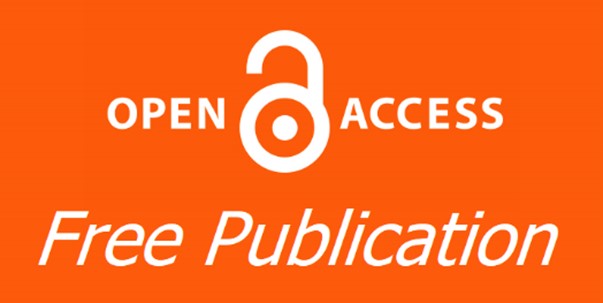Article Type
Original Study
Subject Area
Endoscopic sinus surgery
Abstract
Background: Revision of external DCR may be required due to various factors, including complications of the initial surgery or unaddressed concurrent nasal pathologies. This study focuses on endonasal revision DCR for patients with persistent epiphora symptoms after failed external DCR. Methods: We included 67 patients (19 male and 48 female), aged 19–45, who had previously undergone primary external DCR and presented with persistent epiphora symptoms after at least 12 months of the primary procedure. All patients were clinically examined for concurrent nasal pathology by exploratory endoscopy and computerized tomography (CT) of the nose and paranasal sinuses. Revision endonasal DCR was carried out while concomitantly correcting any underlying nasal pathology. Results: Examination of patients revealed nasal septal deviations in all patients, hypertrophied turbinates in 48 patients, complete nasal obstruction in 25, dacryocystitis in 23, and narrow ostium in 16 patients, besides other lower frequency conditions. All underlying pathologies were corrected surgically in the same surgical setting. Success was achieved in 60 (89.6%) patients. Failure in 7 patients (10.4%) Conclusion: The results of this study highlight the significance of comprehensive preoperative assessment and anatomical evaluation for both primary and revision DCR procedures. Treating epiphora with endonasal endoscopic DCR while correcting the associated nasal pathologies would enhance the success rate.
Keywords
Dacryocystorhinostomy, endoscopy, epiphora, Lacrimal Abscess, Dacryocystitis
Recommended Citation
Talaat M, Abdelhak BH, Megahed AS,
et al.
Endoscopic dacryocystorhinostomy for recurrent epiphora after previous nasolacrimal duct surgery.
Pan Arab J. Rhinol.
2023;
13 : 114-123.
Available at:
https://pajr.researchcommons.org/journal/vol13/iss2/7
DOI: https://doi.org/10.58595/2090-7559.1227
Creative Commons License

This work is licensed under a Creative Commons Attribution-NonCommercial-No Derivative Works 4.0 International License.
Included in
Oral and Maxillofacial Surgery Commons, Otolaryngology Commons, Otorhinolaryngologic Diseases Commons
















